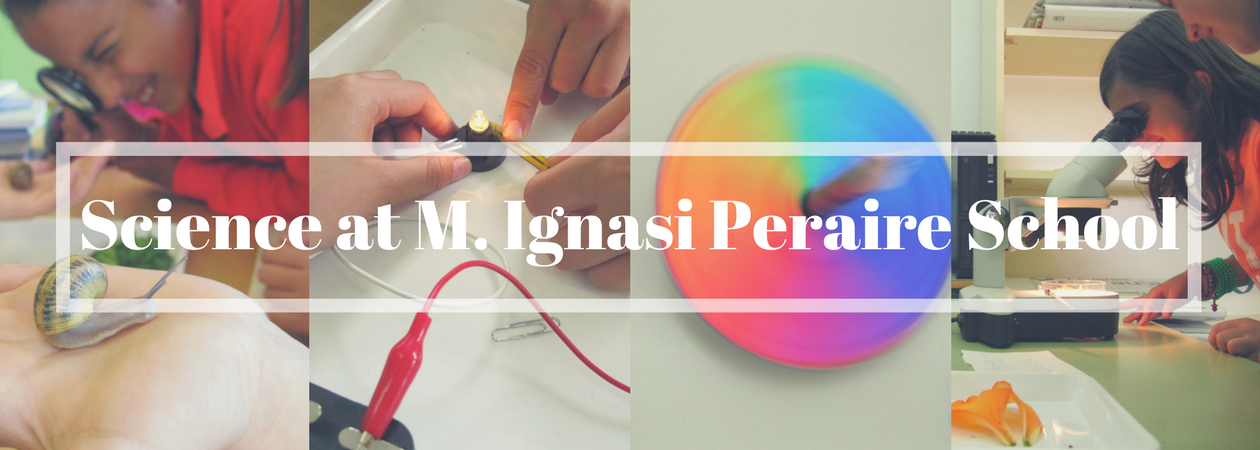In 6th Grade, we are revising the senses. We did a couple of experiments that you can do at home. They're easy, clear and fun.
MATERIALS:
EXPERIMENT 1: EXPERIMENT 2:
- A wire clothes hanger - A can
- 2 strings - A balloon
- Some salt / sugar - Something to make strong noise
(we used a cover pan and a spoon)
EXPERIMENT 1:
- Make noise with the hanger (for example hitting it to a table) and listen.
- Make the same noise again but this time listen through the strings:
You will hear a strong GONG!
That's because the sound waves can travel through air, liquids and solids. When we listen to the hanger through the strings, we receive this information through a solid. And solids can transmit sounds better than gases:
EXPERIMENT 2:
We built an EAR DRUM with a can and a balloon to understand how it vibrates with sounds:
1- Solids
2- Liquids
3- Air
EXPERIMENT 2:
We built an EAR DRUM with a can and a balloon to understand how it vibrates with sounds:


























































